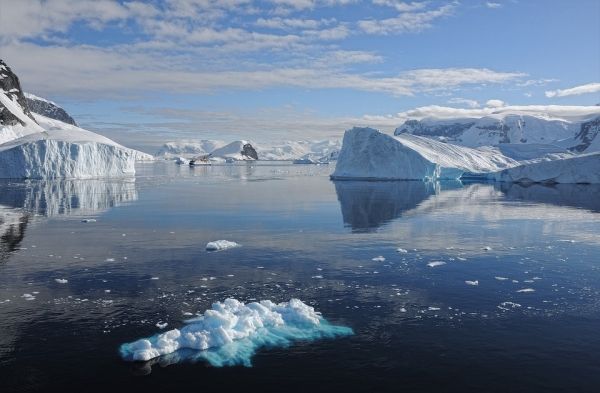Scientists have created the first ever large-scale map of microscopic algae as they bloomed across the surface of snow along the Antarctic Peninsula coast. Results indicate that this ‘green snow’ is likely to spread as global temperatures increase.
The team, involving researchers from the University of Cambridge and British Antarctic Survey, combined satellite data with on-the-ground observations over two summers in Antarctica to detect and measure the green snow algae. Although each individual alga is microscopic in size, when they grow en masse they turn the snow bright green and can be seen from space. The study is published today (20 May) in the journal Nature Communications.
Dr Matt Davey from the University of Cambridge’s Department of Plant Sciences, who led the study says:
“This is a significant advance in our understanding of land-based life on Antarctica, and how it might change in the coming years as the climate warms. Snow algae are a key component of the continent’s ability to capture carbon dioxide from the atmosphere through photosynthesis.”
Read more at British Antarctic Survey
Photo Credit: jodeng via Pixabay


